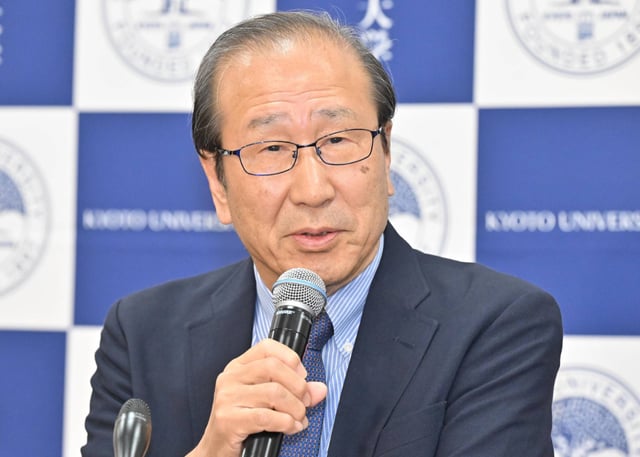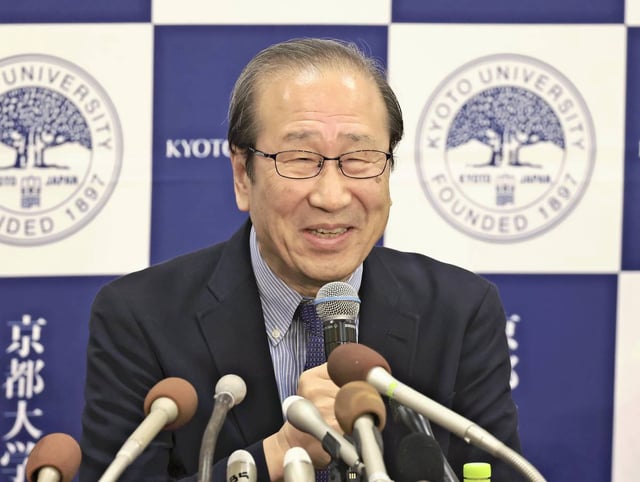Overview
- Colleagues describe how Kitagawa persisted through years of sharp criticism after reporting gas-absorbing cavities in 1997.
- His shift in 1979 to synthesizing compounds at what is now Kindai University included night access to medical-faculty equipment to advance experiments.
- MOFs feature precisely adjustable pores and an enormous internal surface area, with a single gram comparable to a soccer field.
- The materials are already used to stabilize gas transport and are being explored for environmental and energy applications such as CO2 capture and hydrogen storage.
- Japan counts 27 Nobel laureates in the natural sciences, with Kitagawa’s honor following this week’s Medicine prize for Shimon Sakaguchi.


